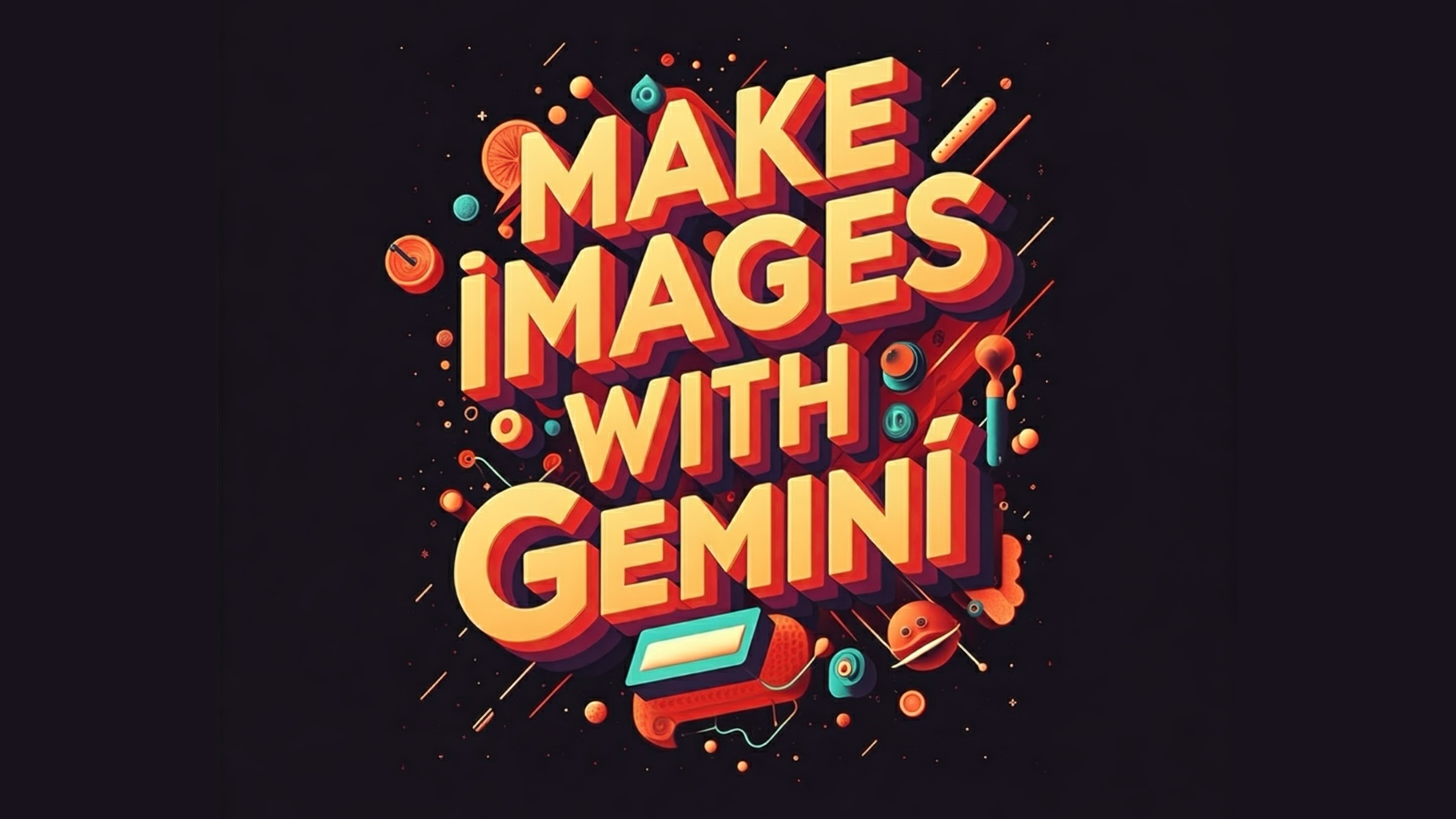Google Gemini can finally make images again — here's how to use it for free
Better images in Gemini

All Google Gemini users can make images using Google's latest artificial intelligence image mode, Imagen 3. This includes those using it on the web, in the app or integrated into Android. It was previously only available to Gemini Advanced subscribers using the web version of the AI.
Imagen 3 was unveiled by Google during the I/O event earlier this year. Built by the company's research lab, DeepMind, it can create square format images with a similar level of realism as those from Midjourney or Flux.
There are some limitations, especially for free Gemini users. At the moment, you won't be able to use it to generate images of people unless you pay $19 per month for Gemini Advanced, and even then, it won't make images of real people.
Gemini's true power in terms of image generation comes from its ability to easily adapt or even completely change an image from a simple text description. You may need to update the app to get image creation abilities.
What's new with Imagen 3?

Imagen 3 is a visual upgrade on the previous Imagen 2. The images are richer and more detailed, and the model is better at following instructions given to it by Gemini.
Google removed image generation capabilities from Gemini for some time over concerns it was being overly cautious when rendering pictures of people. The previous model also tended to make everything look like it was plastic.
The new model brings Google's image generation capabilities in line with DALL-E 3 from OpenAI, although it still only generates square images, whereas ChatGPT can use DALL-E 3 to make pictures of any orientation and size. In my experiments, I found it still refused more often than I'd like to make an image, especially if it was something more complex, such as showing a person sitting in a cafe on a moon base. But for everyday depictions — it is great.
Get instant access to breaking news, the hottest reviews, great deals and helpful tips.
Adding image creation comes off the back of another update, making it easier to send an image to Gemini for analysis. This is known as AI Vision and allows the model to describe the contents of a picture. It can be beneficial for spotting a missing object in a room or creating a recipe from ingredients.
More from Tom's Guide
- Android 16 could launch sooner than expected — here’s what we know
- Google Pixel 9a renders just leaked — no more camera bar
- Samsung Galaxy S25 Ultra dummy units reveal design change — what you need to know

Ryan Morrison, a stalwart in the realm of tech journalism, possesses a sterling track record that spans over two decades, though he'd much rather let his insightful articles on AI and technology speak for him than engage in this self-aggrandising exercise. As the former AI Editor for Tom's Guide, Ryan wields his vast industry experience with a mix of scepticism and enthusiasm, unpacking the complexities of AI in a way that could almost make you forget about the impending robot takeover.
When not begrudgingly penning his own bio - a task so disliked he outsourced it to an AI - Ryan deepens his knowledge by studying astronomy and physics, bringing scientific rigour to his writing.
